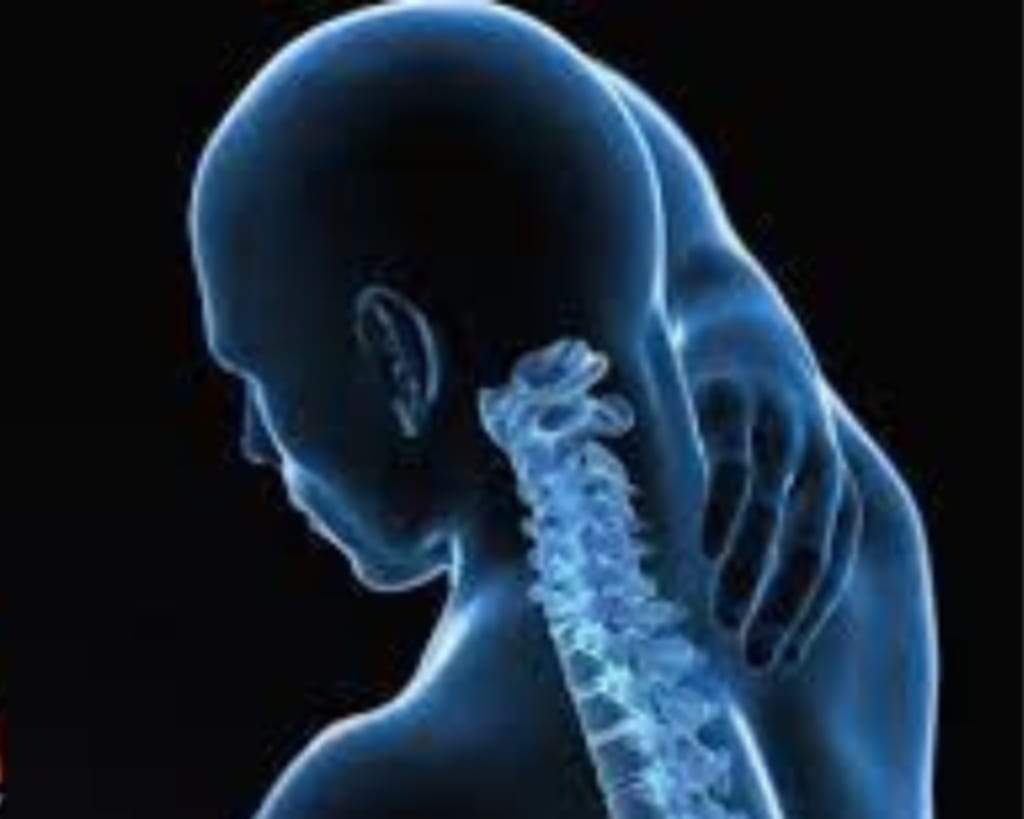Are Cell phones mutating the shape of our Bones?
Technology and health

What if smartphones were so potent that they could alter the shape of our bones? This startling new theory has recently surfaced in the media, and it is based on a scientific study that contends that using smartphones and tablets can alter our bodies in significant and lasting ways—and not in the ways you might have expected in recent years.
David Shahar and Mark Sayers, biomechanics experts from Australia's University of the Sunshine Coast, researched the subject. Biomechanics examines how mechanical principles apply to living beings, such as how people run and how insects beat their wings. The research by Shahar and Sayers also includes osteobiography.
It has long been known that skeletons adapt to a person's lifestyle, and each set of bones tells a story. For instance, some unusually large skeletons were discovered on the Pacific island of Tinian in 1924. Stone structures nearby explained the substantial nature of the islanders' bones by explaining that working with heavy stones had naturally resulted in bigger arms, legs, collarbones, and ovaries.
The EOP is a growth of bone located in the back of the skull that is attached to the nuchal ligament, a crucial ligament that plays a function in linking Nick muscles to the skull. Some specialists and pundits have been more colorful and characterized it as a foam ball or a devil-like horn in actuality. Now let's go back to what the researchers were doing with the study. By looking at chiropractors' X-rays of people aged between 18 and 86, they wanted to get an up-to-date insight into how skeletons change because a lot of these X-rays were investigating things like neck pains. The EOP creates an effect that is somewhat similar to an anchor at the top of the nuchal ligament.
Shahar Sayers and his colleagues hypothesized that young people's posture while constantly checking their phones and tablets was a major factor during screen time because the neck instinctively cranks forward. The theory is that by craning forward, extra pressure is put on the area where the sculpted muzzle is supposed to protect itself, and to compensate, the EOP gets worse. Additionally, the funding demonstrated that it mostly affected males.
In 2016, Shah Harden Sayers reported a larger Yi Opie, with 67% of men compared to 20% of women, based on a test group of 218 people. By 2018, they had examined 1,200 people, and they found that men appeared to be five times more likely to have these large texts on their necks. However, what is the potential impact on humanity? We frequently hear that phone radiation may be linked to cancer, but can the use of a mobile device cause serious health issues in the body?
This new report by Shahar and Sayers describes the elongated PS as a degenerative process, suggesting that things will only get worse for young people if they continue using their devices. There is also a condition known as text thumb or thumb arthritis, where the thumb can develop serious problems similar to the dreaded carpal tunnel syndrome. However, the study of EOPS and referring to them as horns, where spikes are, has been criticized by others in the press, and experts point out that the report is not conclusive.
The general opinion, according to the studies' critics, is that there is simply not enough hard evidence to support the claim that you are turning into a Hellboy by using your cell phone. Are Shahar and Sayers on to something, or have they simply taken facts and fitted them into their explanation? Either way, there's no denying the drama. Archeologists will tell you that longer skull bones are nothing new and that they are especially common in males.
In the end, it will be the archaeologists of the future who make that decision. Who knows, maybe they won't even have big spikes sticking out of the back of their necks in the future, so yeah, maybe a little more walking in the park and a little less Angry Birds for you. The idea that future generations are changing due to constant interaction with their devices is a serious issue that needs to be addressed.
About the Creator
Enjoyed the story? Support the Creator.
Subscribe for free to receive all their stories in your feed. You could also pledge your support or give them a one-off tip, letting them know you appreciate their work.





Comments (1)
Wonderful